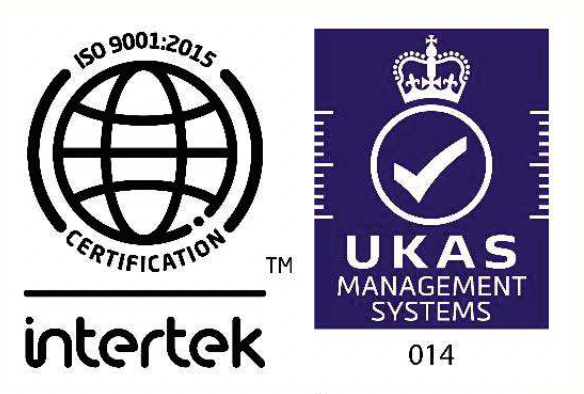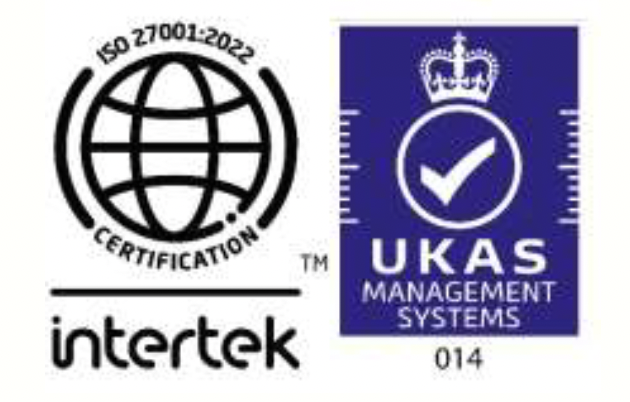The ISO 42001 Implementation Journey: A Roadmap to Responsible AI

As AI becomes deeply embedded into business operations, regulatory and ethical oversight are no longer optional. ISO 42001 provides the first global management system standard for Artificial Intelligence (AI), enabling organizations to develop, deploy, and govern AI responsibly. This blog outlines a practical implementation journey for ISO 42001, highlighting the key milestones along the way.
- Determining Scope
The journey begins with clearly defining the scope of your AI management system. This includes identifying:
- The business units, products, or services using AI
- Locations and jurisdictions where AI is deployed
- Internal and external stakeholders involved
A well-defined scope ensures that governance efforts are aligned with business objectives and regulatory requirements.
- Understanding Your AI Models
Next, catalog all AI models in use. This includes:
- Machine learning algorithms
- NLP-based chatbots
- Decision-making automation tools
Understanding the purpose, functionality, and data dependencies of each AI system helps prioritize risk assessments and governance controls.
- Conducting AI Impact Assessments
AI impact assessments (AIAs) are essential to identify the potential harms or unintended consequences of AI use. These should examine:
- Bias and fairness concerns
- Safety and reliability issues
- Societal and ethical implications
The outcome of the AIA guides decisions on risk treatment, model adjustments, or usage restrictions.
- Engaging with Customers
Transparency is a cornerstone of responsible AI. Organizations must:
- Communicate AI usage clearly to customers
- Establish feedback mechanisms for AI-related concerns
- Offer human alternatives for high-risk decisions
Customer engagement enhances trust and supports informed consent.
- Driving Internal Changes
ISO 42001 adoption requires a cultural shift. Internal changes may include:
- Updating roles and responsibilities
- Training staff on AI ethics and governance
- Realigning incentive structures to prioritize accountability
These changes ensure that responsible AI becomes a shared value across departments.
- Designing Policies and Practices
Develop and document policies and procedures in alignment with ISO 42001 and complementary frameworks like NIST AI RMF. Key documents include:
- AI governance policy
- AI development lifecycle procedures
- Model review and validation protocols
Documentation helps formalize expectations and ensures consistent implementation.
- Establishing Governance Teams
Create cross-functional AI governance teams that include:
- Top Management
- Data scientists
- Legal and compliance officers
- Risk managers and business unit leads
These teams oversee implementation, monitor performance, and respond to emerging risks.
- Leveraging Responsible AI Tools
Adopt tools to support explainability, fairness, and robustness, such as:
- Model cards
- Fairness dashboards
- Adversarial robustness testing suites
These tools help operationalize AI principles and ensure technical alignment with ethical standards.

